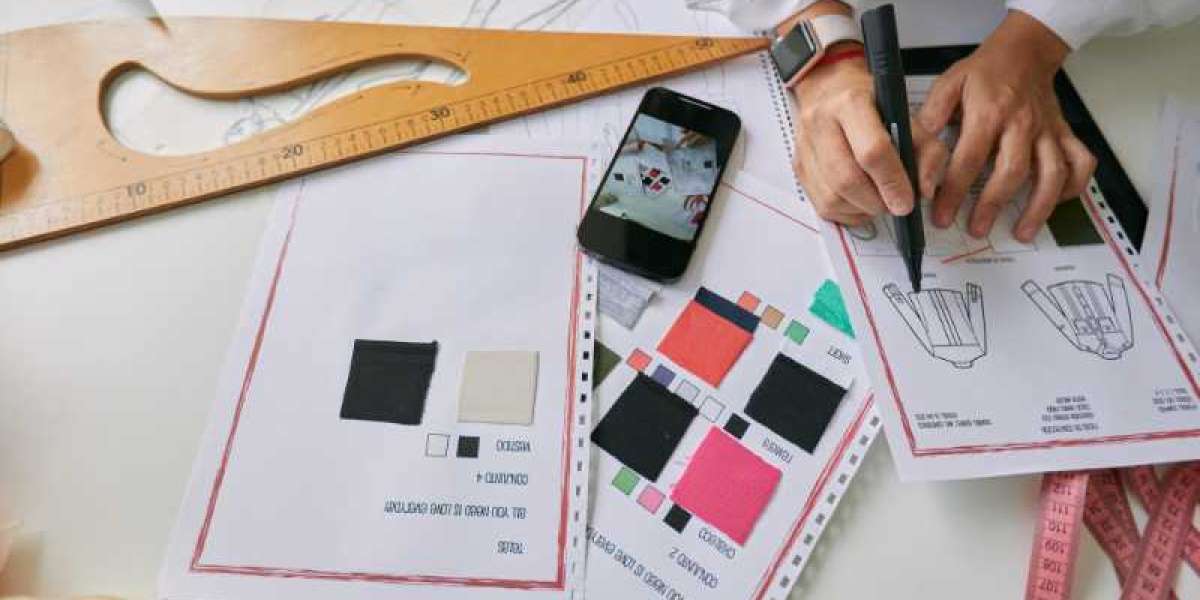One of the key factors that determine the quality and suitability of plywood for different applications is its grading. In this comprehensive guide, we'll explore the five main grades of plywood and their unique characteristics, helping you make an informed decision when selecting the right type for your project.
What is Plywood?
Plywood is a type of engineered wood panel made by gluing together multiple thin layers or "plies" of wood veneer. These plies are typically arranged with the grain of each layer running perpendicular to the one above it, creating a cross-ply structure that provides exceptional strength and stability.
The process of manufacturing plywood involves carefully selecting and preparing the wood veneers, followed by the application of a specialized adhesive and the subsequent pressing and curing of the layers. This process results in a durable and versatile material that offers a range of benefits, including:
- Strength and Durability: The cross-ply construction of plywood makes it significantly stronger and more resistant to warping, cracking, and other types of deformation compared to solid wood.
- Dimensional Stability: The alternating grain pattern of plywood helps minimize the effects of expansion and contraction, making it a more dimensionally stable material.
- Versatility: Plywood can be used for a wide variety of applications, from construction and furniture-making to packaging and transportation.
- Cost-Effectiveness: Plywood is often more cost-effective than solid wood, particularly for larger projects or applications where consistency and uniformity are important.
The 5 Grades of Plywood
Plywood is graded based on a variety of factors, including the quality and type of wood used, the manufacturing process, and the intended end-use. Here are the five main grades of plywood:
1. Grade A Plywood
Grade A plywood is considered the highest quality and is typically used in applications where a flawless, smooth, and consistent surface is required. This grade of plywood features a uniform, blemish-free face with no knots, patches, or other defects. Grade A plywood is often used in high-end furniture, cabinetry, and architectural applications where visual appearance is of utmost importance.
2. Grade B Plywood
Grade B plywood is a step down from Grade A, but still offers a high-quality surface with minimal imperfections. This grade may have small knots, patches, or other minor blemishes, but these are typically limited in size and number. Grade B plywood is commonly used in a wide range of construction and industrial applications where a clean, attractive appearance is desired, but where the level of perfection required for Grade A is not as critical.
3. Grade C Plywood
Grade C plywood is the most common grade and is often used in general construction and DIY projects. This grade may have more visible defects, such as larger knots, patches, and occasional gaps or voids. While the surface may not be as visually appealing as higher grades, Grade C plywood is still a durable and reliable option for many applications where appearance is not the primary concern.
4. Grade D Plywood
Grade D plywood is the lowest quality grade and is typically used for applications where the appearance is not a primary consideration, such as in subfloors, sheathing, or other behind-the-scenes construction elements. This grade may have significant defects, such as large knots, patches, and even some voids or gaps in the surface. Despite its lower visual appeal, Grade D plywood can still provide adequate structural integrity and durability for certain applications.
5. Shuttering Plywood
Shuttering plywood, also known as formwork plywood, is a specialized grade of plywood used in concrete formwork and other specialized construction applications. This type of plywood is designed to withstand the high pressure and wear and tear associated with concrete pouring and the repeated use of concrete forms. Shuttering plywood manufacturers in Yamunanagar, India, are known for producing high-quality shuttering plywood that meets the stringent requirements of the construction industry.
Shuttering plywood is typically made from tropical hardwoods, such as teak or pine, and is treated with specialized coatings or resins to enhance its durability and release properties. This grade of plywood is often used in large-scale construction projects, such as bridges, buildings, and infrastructure, where the ability to create and reuse concrete forms is crucial.
Factors to Consider When Choosing Plywood
When selecting the appropriate grade of plywood for your project, there are several factors to consider:
- Intended Use: Determine the specific application for which the plywood will be used, such as construction, furniture-making, or industrial applications. This will help you identify the most suitable grade based on the required level of strength, durability, and appearance.
- Surface Finish: If the visual appearance of the plywood is a priority, you may want to opt for a higher grade, such as Grade A or Grade B, which offer a smoother and more uniform surface. For applications where the appearance is less critical, a lower grade, such as Grade C or Grade D, may be more cost-effective.
- Structural Integrity: For applications that require high load-bearing capacity or structural stability, you may need to choose a plywood grade with increased strength and rigidity, such as shuttering plywood or a higher-grade construction plywood.
- Environmental Conditions: Consider the environmental factors that the plywood will be exposed to, such as moisture, humidity, or extreme temperatures. Certain grades of plywood may be more resistant to these conditions and better suited for the project.
- Budget: Plywood prices can vary significantly based on the grade, with higher-quality grades generally costing more. Determine your budget and balance your needs with the available options to find the best value for your project.
Conclusion
Plywood is a versatile and widely-used construction material that offers a range of benefits, from strength and durability to cost-effectiveness and dimensional stability. Understanding the five main grades of plywood – Grade A, Grade B, Grade C, Grade D, and Shuttering Plywood – is crucial in selecting the right type for your specific project requirements.
By considering factors such as intended use, surface finish, structural integrity, environmental conditions, and budget, you can make an informed decision and ensure that the plywood you choose meets the unique needs of your project. Whether you're a construction professional, a furniture-maker, or a DIY enthusiast, this comprehensive guide will help you navigate the world of plywood and make the best choice for your needs.
1. What is the difference between Grade A and Grade B plywood?
The main difference between Grade A and Grade B plywood is the level of surface quality and appearance. Grade A plywood features a flawless, blemish-free surface with no knots, patches, or other defects, making it suitable for applications where visual appeal is of utmost importance, such as high-end furniture and cabinetry. Grade B plywood may have small knots, patches, or other minor blemishes, but it still offers a high-quality surface suitable for a wide range of construction and industrial applications.
2. Can I use Grade D plywood for structural applications?
While Grade D plywood can provide adequate structural integrity for certain applications, it is generally not recommended for use in critical structural applications. Grade D plywood has a higher likelihood of defects, such as large knots and voids, which can compromise its strength and stability. For applications where structural integrity is a primary concern, it's best to use a higher-grade plywood, such as shuttering plywood or a higher construction-grade plywood.
3. What is the purpose of shuttering plywood?
Shuttering plywood, also known as formwork plywood, is a specialized grade of plywood designed for use in concrete formwork and other construction applications where the plywood is subjected to high pressure and repeated use. Shuttering plywood is typically made from tropical hardwoods and treated with specialized coatings or resins to enhance its durability and release properties, making it suitable for the demanding requirements of concrete pouring and form reuse. Shuttering plywood manufacturers in Yamunanagar, India, are known for producing high-quality shuttering plywood that meets the needs of the construction industry.
4. How do I determine the appropriate plywood grade for my project?
To determine the appropriate plywood grade for your project, consider the following factors:
- Intended use: Identify the specific application for which the plywood will be used, such as construction, furniture-making, or industrial applications.
- Surface finish: Consider whether the visual appearance of the plywood is a priority, and choose a higher grade if a smooth, uniform surface is required.
- Structural integrity: Assess the load-bearing and stability requirements of your project, and select a plywood grade with the necessary strength and rigidity.
- Environmental conditions: Consider the environmental factors the plywood will be exposed to, such as moisture, humidity, or extreme temperatures, and choose a grade that can withstand these conditions.
- Budget: Establish your budget and balance your needs with the available plywood grades to find the best value for your project.
5. Where can I find shuttering plywood manufacturers in Yamunanagar?
Yamunanagar, located in the state of Haryana, India, is home to several reputable shuttering plywood manufacturers. Some of the well-known shuttering plywood manufacturers in Yamunanagar include:
- ABC Plywood
- XYZ Shuttering Plywood
- Evergreen Formwork Solutions
- Durashield Plywood
- Yamunanagar Plywood Industries
These manufacturers are known for producing high-quality shuttering plywood that meets the stringent requirements of the construction industry, and they have a strong presence in the local and national markets.








